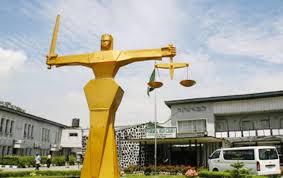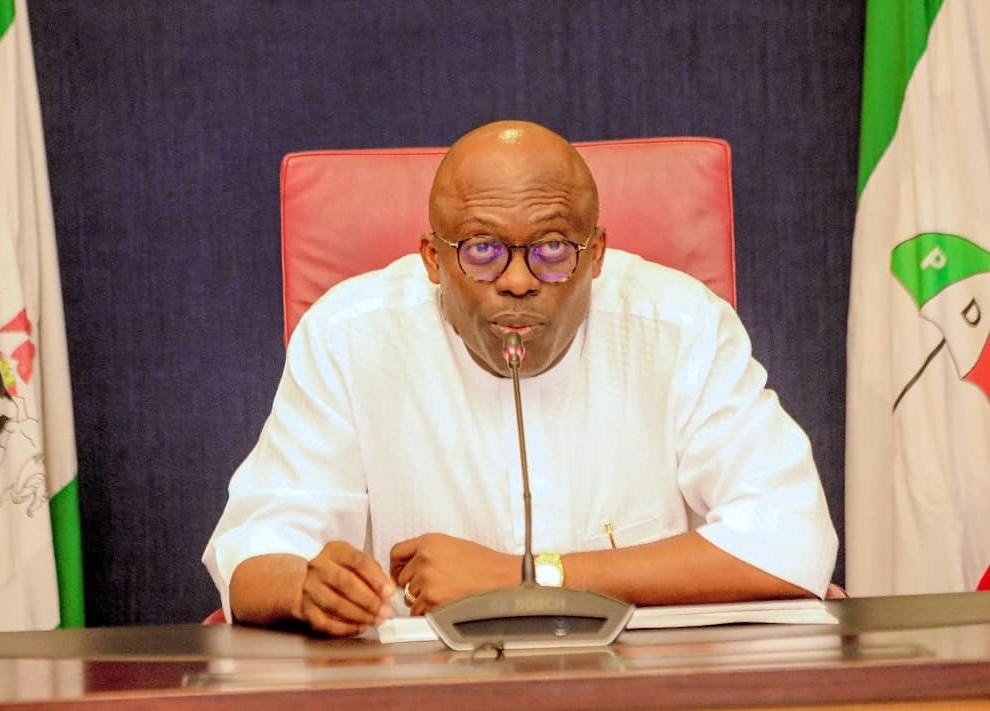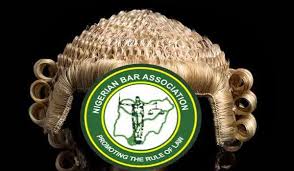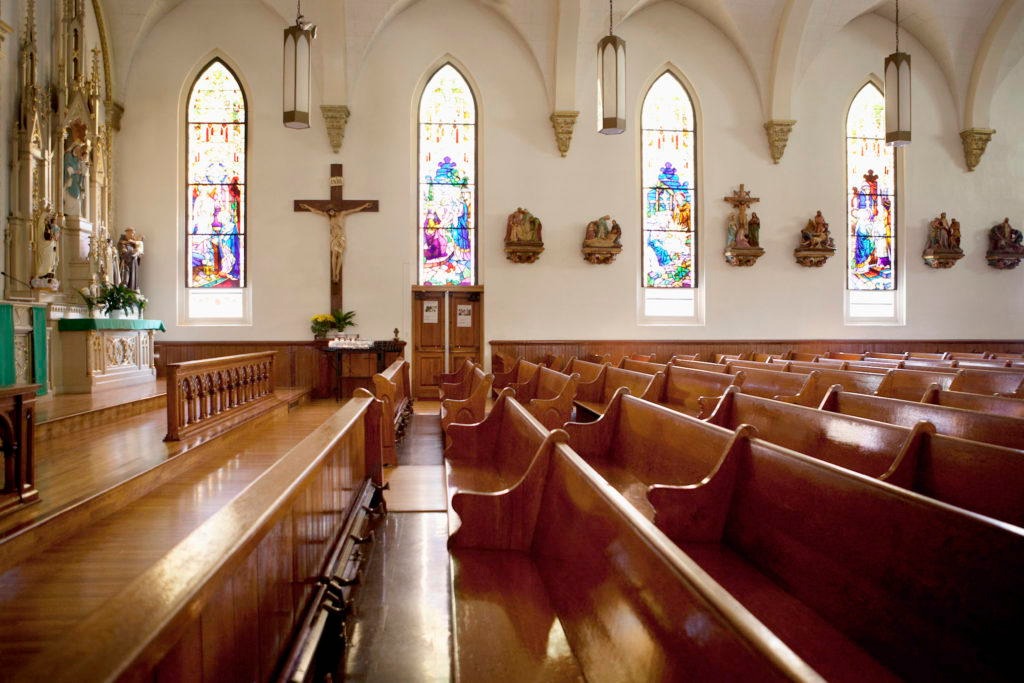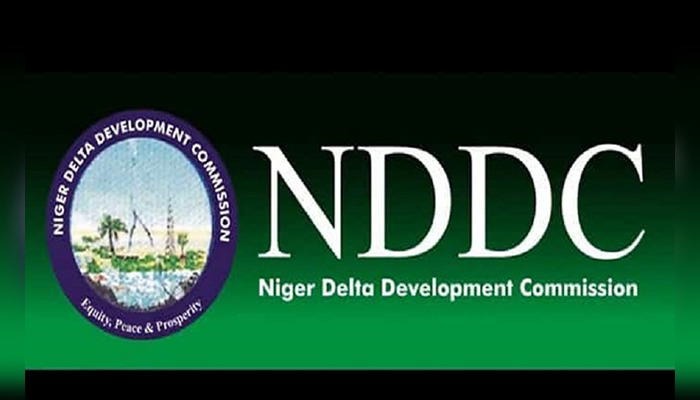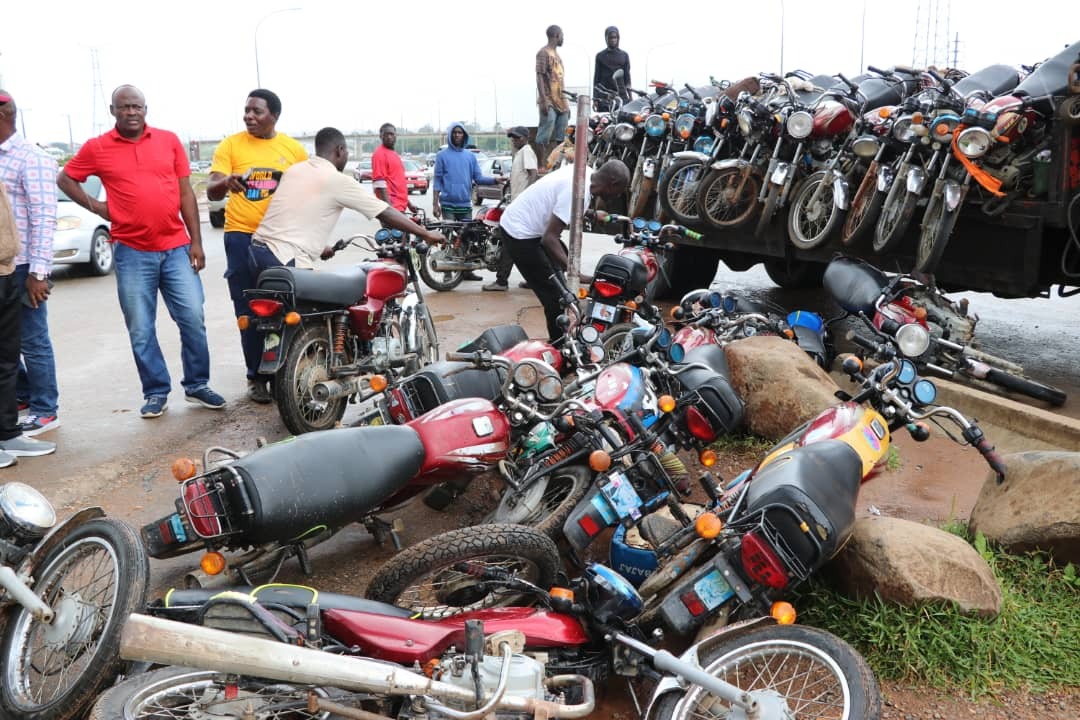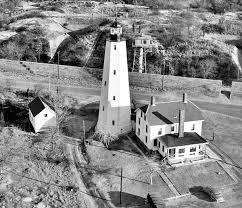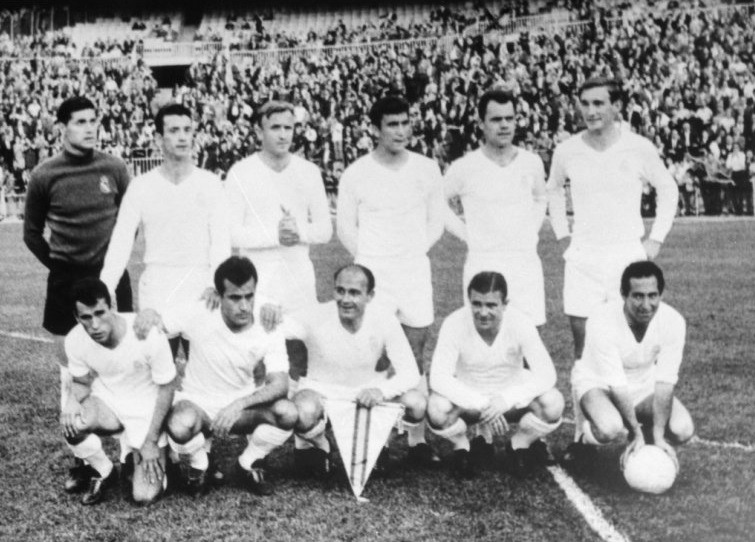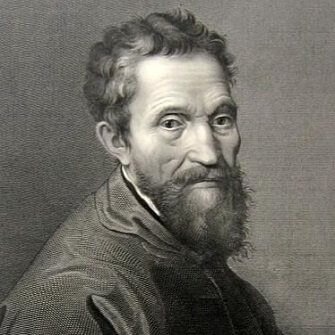ABUJA–The Federal High Court sitting in Abuja, on Wednesday, ordered the Independent National Electoral Commission, INEC, to recognise Chief Edozie Njoku as Chairman of the National Rescue Movement, NRM.
The court, in a judgement that was delivered by Justice Obiora Egwuatu, validated the outcome of an emergency national convention that the party held in Abuja on January 17.
The judgment was on a suit marked: FHC/ABJ/CS/45/2025, which the NRM instituted against INEC.
The party told the court that the emergency convention that produced Chief Njoku, was held to fill vacant positions in its National Executive Committee, NEC, and to balance the lopsided leadership structure in the party.
However, the NRM told the court that INEC refused to acknowledge the outcome of the convention because it did not monitor the exercise.
Delivering his judgement on the matter, Justice Egwuatu faulted INEC for its refusal to recognise national officers of the party that emerged from the convention.
The court held that there was evidence before it to establish that NRM served INEC a valid notice to monitor its emergency national convention.
According to the court, it was wrong for the electoral body to have refused to monitor the exercise as the law mandates it to do.
More so, the court held that the notice from the NRM, not being short of the 21 days required by the law, INEC had no reason not to have monitored the said convention.
Justice Egwuatu said he was convinced that the NRM effectively made out a case to warrant the grant of the reliefs it sought in the suit.
Consequently, he declared that under the provisions of Sections 82(1)} and 83 (1) of the Electoral Act, 2022, the respondent (INEC), is under a constitutional obligation to accept and monitor the emergency convention of the applicant (NRM) to fill vacancy and correct lopsidedness in its NEC.
He equally declared that the failure of the respondent to accept and monitor the emergency convention of the applicant to fill vacancy and correct lopsidedness in its NEC amounted to a refusal/failure to discharge its constitutional and/or public duty contrary to the provisions of Sections 82(1) and 83 (1) of the Electoral Act, 2022 and therefore unconstitutional and unlawful.
The judge proceeded to issue an order of mandamus compelling INEC “to accept and monitor the emergency convention of the applicant to fill vacancy and correct lopsidedness in its NEC and recognize the decision or outcome of the convention.”
Meanwhile, reacting to the judgement, Chief Njoku who was in court to witness the proceeding, lauded the judiciary for coming to the rescue of the party, even as he urged INEC to comply with the decision.
Njoku expressed his determination to reposition the party to be a major contender in future elections.
